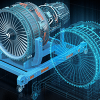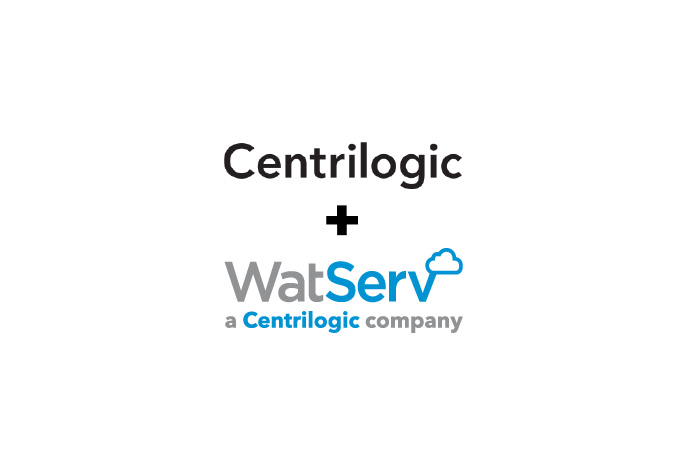The Internet of Things Market Will Soon Double in Size
By Dave Lacey, CEO
June 8, 2021
Last year, the entire global Internet of Things (IoT) market was valued at $761 billion. This sounds significant, until you look at the industry forecasts and projections. The market size is estimated to almost double to $1.38 trillion by 2026. This is sustained compound growth of over 10% a year, but to many executives it seems like IoT is still a solution looking for a problem.
I think this is about to change.
The semiconductor shortage in the automotive industry has dramatically highlighted the importance of sensors and chips inside everyday objects. Modern cars each use thousands of semiconductors and this number will only increase as auto brands increasingly move to electric vehicles. This is the global Internet of Things at work.
Consumers have become used to smart speakers in their homes – Amazon Echo and Google Home. These devices can easily be connected to lightbulbs and heating systems offering the ability to control virtually any system remotely. This is IoT in action right at home. Although consumers may not be talking with industrial terminology, IoT is becoming as normalized in the home as it is in enterprise.
There are already many industrial use cases that are in production all over the world – this is no longer a proof of concept:
Manufacturing: automated sensors can direct engineers to plant machinery that needs attention, rather than just scheduling periodic checks. This can dramatically improve the performance of production lines and factories.
Property Management: controlling real estate can be simplified by using sensors to monitor air quality, temperature, and systems such as ventilation, air conditioning, and heating automatically.
Industrial operations: anything from water treatment to toll roads to docks can be more effectively managed with a large number of sensors automatically tracking information and providing real-time feedback and oversight.
Digital twins: These are computer models that allow complex systems to be monitored remotely. There are many types of digital twins, but a good example is aircraft jet engines. The engine manufacturer will monitor the engine they have delivered to an airline 24/7 using a digital twin. This allows problems to be detected early and regular servicing to be planned more effectively.
By its very nature, IoT is stealthy. These industrial solutions are all around and yet the general public only sees Alexa in their homes. This is understandable, but it also means that smaller to mid-sized companies face a knowledge gap in the chasm between the home and a major industrial solution.
The first thing to understand is that an IoT solution requires a lot of sensors and devices. These sensors create an abundance of real-time data – a high-fidelity database of time-series events. Leveraging the cloud can further enhance IoT outcomes. From device-to-dashboard, the cloud allows for high performance ingestion of data in addition to utilizing the native ML and AI analytics tools that rest within the respective cloud micro-service offerings.
At WatServ we have already invested in the people and systems that can seamlessly integrate an IoT solution with cloud platforms like Microsoft’s Azure. We have the technical and cloud capabilities on our team inclusive of IoT architects and data engineers. I’m going to ask some of our IoT experts to comment on this article with their own ideas and suggestions.
I believe the IoT mid-market is set for rapid growth in coming years. These customers have largely been ignored by global services providers who’ve been implementing highly bespoke and very expensive solutions for Fortune 500 clients. This is all changing.
With the price of solutions rapidly decreasing, the commodification of 3rd party sensors and cloud-enabled economics, real IoT outcomes are well within reach of these SMB and smaller enterprise customers. Analysts are predicting a growth in the total market size, but I believe the really rapid growth will be with landlords who want to monitor their real estate portfolio or farmers who need real-time feedback on soil composition and quality. The industrial giants have already seized the opportunity, so now it’s time for the mid-market to embrace IoT.
This is exactly where WatServ can help. We have the experience in cloud and we have the architects that can help you to design a successful IoT system. Please use my LinkedIn to contact me and I can introduce you directly to our IoT team who would be delighted to answer all your IoT questions.
WatServ demonstrates best-in-class capability and market leadership through proven technology and customer commitment.
About
WatServ is an IT solutions provider that helps organizations digitally transform through cloud technologies and managed services.
Serving clients as a trusted advisor since 2006, WatServ provides experience-tested, strategic solutions across all stages of the digital transformation journey. Clients choose WatServ to migrate infrastructure and applications to the cloud, secure critical data, implement disaster recovery, deploy virtual desktop, enable data-readiness for productivity solutions and manage IT environments.
Our clients span a broad range of industries, and we’re a global supplier of IT services for many Brookfield Portfolio Companies. To help our mid-size clients, we provide scalable offerings that simplify cloud adoption and drive business optimization. For enterprise clients, we co-create cloud solutions that enable stability and efficiency for complex IT tools and processes.
With more than 15 years of experience, WatServ has a track record of delivering quantifiable business results and a superior client experience. Ranked as one of Canada’s Top 100 Solution Providers for the last three years in a row, WatServ is always on.





